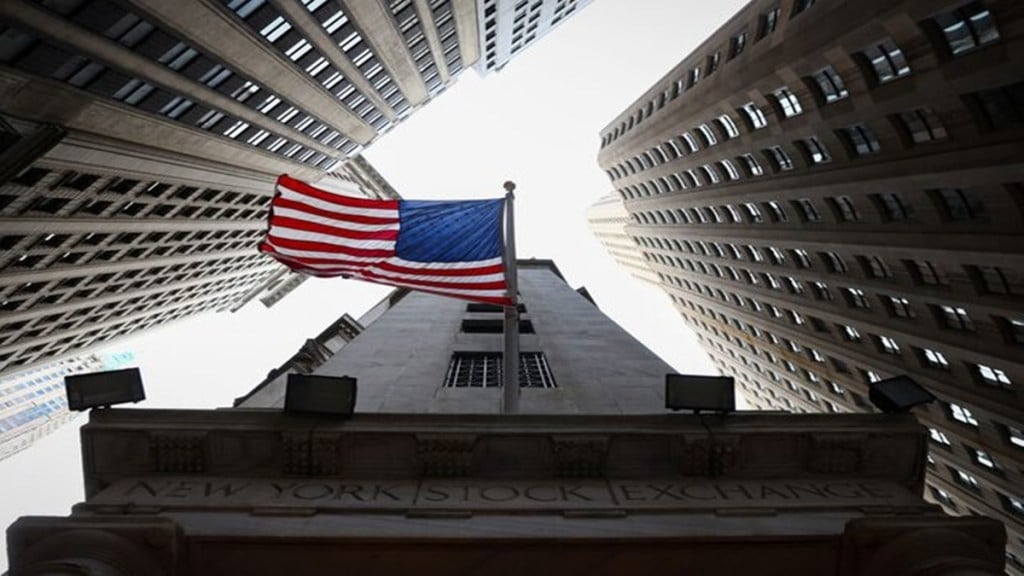Are the American banks ready to withstand any economic downturn? Or, a severe recession? As part of its supervision efforts and as required by the Dodd-Frank Act, the Federal Reserve annually conducts a supervisory stress test. The stress test assesses how large banks are likely to perform under hypothetical economic conditions, including a severe recessionary environment.
The bank stress test exercise for 2025 is over, and the Federal Reserve has informed that the results of its annual major bank stress tests for 2025 will be published on June 27 at 4:30 p.m. EDT. Every year, the US central bank conducts the test, which assesses how large banks would operate in the face of a simulated economic crisis and market stress.
This year, 22 banks will be tested against a severe global recession with heightened stress in both commercial and residential real estate markets, as well as in corporate debt markets.
The 2024 stress test showed that the 31 large banks subject to the test had sufficient capital to absorb nearly $685 billion in losses and continue lending to households and businesses under stressful conditions.
And, what will be the methodology? The Board has published its annual stress test methodology document, which provides details about the models used in the stress test.
For 2025, the scenarios created to test the bank’s strength to handle severe economic conditions are noteworthy.
In the 2025 stress test scenario, the U.S. unemployment rate rises nearly 5.9 percentage points, to a peak of 10 percent. The unemployment rate increase is accompanied by severe market volatility, a widening of corporate bond spreads, and a collapse in asset prices, including about a 33 percent decline in house prices and a 30 percent decline in commercial real estate prices.
Large banks with substantial trading or custodial operations are also required to incorporate a counterparty default scenario component to estimate potential losses from the unexpected default of the firm’s largest counterparty amid an acute market shock. In addition, banks with large trading operations will be tested against a global market shock component that primarily stresses their trading and related positions.
This year’s exploratory analysis includes two separate hypothetical elements that will assess the resilience of the banking system to a wider range of risks. One of the hypothetical elements examines how banks would react to credit and liquidity shocks in the non-bank financial institution sector during a severe global recession.
The second element of the exploratory analysis includes a market shock that will be applied only to the largest and most complex banks. This shock hypothesizes the failure of five large hedge funds with reduced global economic activity and higher inflation.
However, the scenarios are not forecasts and should not be interpreted as predictions of future economic conditions.
The most recent American banking crisis emerged in early 2023. Silicon Valley Bank (SVB) in Santa Clara, California, New York-based Signature Bank, and First Republic Bank in San Francisco were the three banks that collapsed, showing cracks in the banking system in America. However, they were regional banks, and the regulators took quick action to restore public confidence.
So, which banks will be put under the bank stress test? U.S. bank holding companies (BHCs), covered savings and loan holding companies (SLHCs), and intermediate holding companies of foreign banking organizations (IHCs) with $100 billion or more in assets are subject to the Federal Reserve Board’s supervisory stress test rules.
